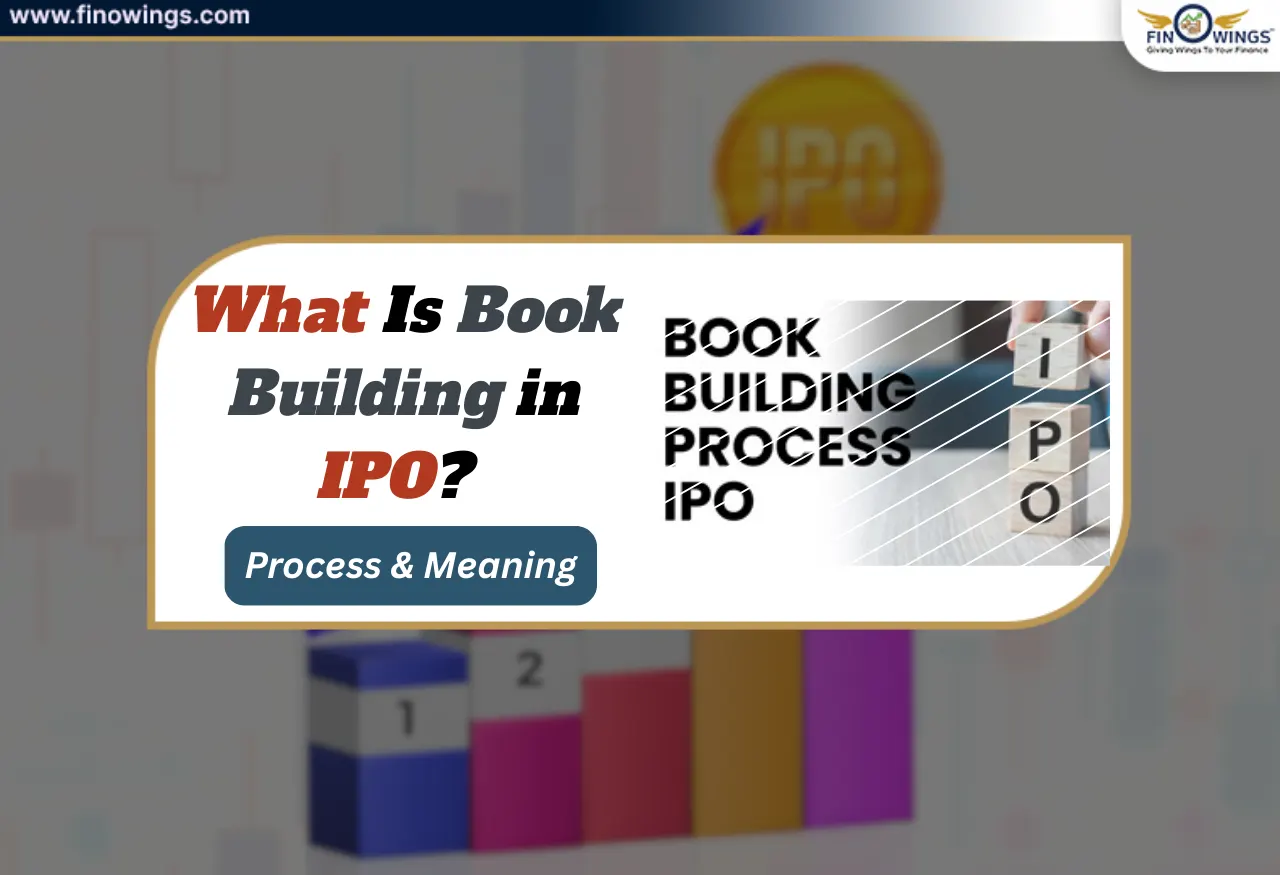Home >> Blog >> What is the difference between risk analysis and risk management?
What is the difference between risk analysis and risk management?
.jpeg)
Table of Contents
Making well-informed company objectives, strategies, processes, methods, and judgments begins with a knowledge of the risks. Businesses that ignore the concept of risks are likely to have increased difficulties and a decline in production. Therefore, in order to prevent any surprises, risk management must be done correctly.
Every company faces some risks in order to meet its quality goals. Saying that risk is a necessity for advancement, expansion, and profitability is not incorrect. However, you must be aware of the various strategies you might employ to manage risks and achieve achievement.
This article explains the differences between risk analysis and risk management. And how to identify and estimate risks. and effective risk management strategies.
1. What is Business Risk?
The potential of a business to achieve its goals is threatened by business risk. In other words, the risk is the possibility that an organization's goals won't be achieved or that they won't go as expected.
The business is not constantly to blame for risks. Several external events, such as natural disasters, pandemics, raw material prices, increasing competition levels or modifications to existing government rules, can have an impact on risk.
2. What Distinguishes Risk Analysis and Risk Management?
The various words for risk, such as risk analysis and risk management, can be difficult to sort through. The crucial difference is in breadth.
1. The macro-level procedure of evaluating, analyzing, prioritizing, and developing a plan to reduce threats to an organization's assets and profits is known as risk management.
2. Risk analysis is the micro-level procedure for calculating risks and the effects that go along with them.
Examine the differences between these concepts in more detail.
3. Risk Analysis
You can recognize and address possible issues that could jeopardize important company initiatives or projects by using the risk analysis process. Moreover, it can also be used for tasks that are not related to business, like planning an event or even purchasing a house!
In order to perform a risk analysis method, you should first determine the potential dangers you face, then calculate their potential effects, and then calculate the possibility that these threats will come to pass.
Risk analysis can be challenging because you'll require the use of a variety of specific facts, including project plans, financial data, security standards, marketing projections, and other pertinent data. It is, nonetheless, a crucial planning tool that could help you save time, money, and prestige.
4. How to do Risk Analysis?
To do a risk analysis, take the following actions:
4.1 Identify threats
Identification of current and potential risks is the first stage in risk analysis. These might originate from a wide range of sources. For example, they might be:
-
Human - A crucial individual's illness, death, injury, or other loss.
-
Operational - Failures in distribution, loss of access to key resources, and disruptions to operations and supplies.
-
Reputational - Loss of client or worker trust, as well as harm to the market's image, are reputational issues.
-
Procedural - Accountability, internal structures, controls, or fraud-related failures.
-
Project - Going over budget, spending too long on important duties, or having problems with the quality of the output or service.
-
Financial - Business failure, changes in the stock market, adjustments in interest rates, or a lack of funding.
-
Technical - Technology advancements or problems resulting from technology
-
Natural - The environment, sickness, or calamities.
-
Political - Tax, public opinion, governmental policy, or foreign influence changes are all considered political.
-
Structural - Hazardous substances, inadequate illumination, boxes falling from the ceiling, or any scenario where people, goods, or technology could be damaged.
To conduct a thorough analysis, you can employ a variety of methods, including:
-
Check a list like the one above to determine whether any of these dangers apply.
-
Analyze hazards to any component of the systems, procedures, or structures that you use. What weaknesses can you find in them?
-
Consult with people who may have alternative viewpoints. Ask your team members for feedback, and seek the advice of individuals in your company or others who have managed projects comparable to yours.
You can identify threats using tools like SWOT analysis, failure mode and effects analysis, PMESII-PT, and PEST analysis, and you can investigate potential dangers in the future using situation analysis.
4.2 Estimate Risk
Once the dangers you face have been recognized, you must determine their chance of materializing as well as their potential effect.
Making your best estimate of the likelihood that the event will occur, then multiplying it by how much it will cost you to correct the situation if it does, is one approach to go about it. This provides you with a risk value:
Equation: Risk Cost = Chance of Event x Price of Event
Consider the straightforward scenario where you've detected a possibility that your rent could rise significantly.
Given that your owner just raised the rent for other firms, you estimate that this will occur within the next year with an 80% possibility. Your company will incur an additional $500,000 in costs as a result over the next year.
Thus, the risk associated with the rent rise is:
0.80 (Chance of Event) x $500,000 (Price of Event) = $400,000 (Risk Cost)
5. Risk Management
The act of locating, evaluating, and removing risks that could result in corporate losses other than monetary ones is known as risk management. Businesses can remain ready for unforeseen circumstances and surprises in the process of risk management techniques. You can manage risks in a variety of ways, including:
-
Avoiding the risks that won't benefit your company.
-
To lessen the weight of the risks, share them with the team, the stakeholders, and the outside party.
-
Accepting risks for which there is no immediate way to find a solution or which may call for a backup plan later.
-
Risk management using appropriate CAPA management plans. To manage risks successfully and efficiently, you can also depend on the PDCA methodology, commonly known as the Plan-Do-Check-Act approach.
6. How to Manage Risk?
You can start considering risk management strategies once you've determined the importance of the hazards you must deal with.
6.1 Avoid the Risk
You might want to completely avoid the risk in some circumstances. This could be staying out of a business venture, declining a proposal, or forgoing a risky activity. This is an excellent choice when taking the risk won't benefit your company or when paying to deal with the consequences won't be cost-effective.
Keep in mind that you might pass on a chance if you completely avoid possible risks. Whenever taking a decision, consider your possibilities by using a "What If?" analysis.
6.2 Share the Risk
You could also decide to split the risk and possible rewards with other individuals, groups, businesses, or other parties.
For example, you share risk whenever you work with a different firm to create a combined product or when you cover your stock and office space with a third-party insurance provider.
6.3 Accept the Risk
The danger must be taken as your final resort. Whenever there is nothing you can do to avoid or reduce risk, when the possible loss is smaller than the cost of insurance against the risk, or when the possible benefit justifies taking the risk, this choice is typically the most beneficial one.
For instance, if the prospective sales will still cover your costs, you might be willing to take the risk of a project's debut being delayed.
Perform an Impact Analysis to assess the full ramifications of the risk before deciding to take it. Even if you might be powerless to prevent the risk, you can probably devise a plan of action to deal with its effects.
The concept of "acceptable risk" is subjective, thus it's vital to keep this in mind when making decisions. To estimate how various individuals will respond to risk, utilize tools like the Prospect Theory and consult others before making a choice.
6.4 Control the Risk
There are several strategies to lessen the effect of the risk if you decide to take it.
Risk can be decreased effectively through business experiments. They entail introducing the high-risk activity gradually and under supervised conditions. Before introducing the activity on a bigger scale, you can conduct trials to determine where issues arise and how to include preventative and investigative steps.
-
Preventative A high-risk circumstance is something that preventative action aims to avoid. It covers cross-training your employees, firewall security on corporate systems, and health and safety training.
-
Detective work is spotting potential trouble spots in a procedure and putting measures in place to address them quickly when they do. Investigative techniques include reviewing financial records twice, evaluating products for safety prior to release, and attaching sensors to look for product flaws.
Plan-Do-Check-Act A comparable approach to limiting the effects of a risky scenario is Plan-Do-Check-Act. It entails experimenting with potential risk-reduction strategies, just like in business. The four stages of the tool walk you through analyzing the situation, developing and testing a solution, evaluating how well it worked and putting the solution into practice.
Conclusion
The likelihood that something will go incorrectly and the unfavourable effects if it does constitute a risk.
Therefore, it can be challenging to identify risk, let alone plan for and manage it. Costs, effort, and reputations could all be at risk if you experience a result that you hadn't anticipated. Similar to underestimating or overreacting to risks, panicking might have the opposite effect of what is intended.
As a result, risk analysis is a crucial tool. It can assist you in recognizing and comprehending the potential dangers associated with your job. This in turn enables you to control these risks and lessen their negative effects on your strategy.
Author
Frequently Asked Questions
Analyzing risks requires looking at how project goals and results could change as a result of the risk event. Once the risks have been detected, they are then examined to determine their qualitative and quantitative effects on the project in order to determine the best course of action for mitigating them.
The entire process of risk evaluation is thought of as the identification of all potential dangers. Within the framework described above, the stage of risk analysis is when each risk level is identified. Both belong to the bigger picture of risk management or risk appraisal.
Identification, assessment, and control of financial, regulatory, strategic, and security threats to the assets and profits of a company constitute the procedure of risk management.
Risk management in the company is the procedure of locating, tracking and controlling possible risks to lessen any harm they can cause to a firm. Potential risks involve things like system failures, loss of data, cybercrime, data breaches, and natural disasters.
















